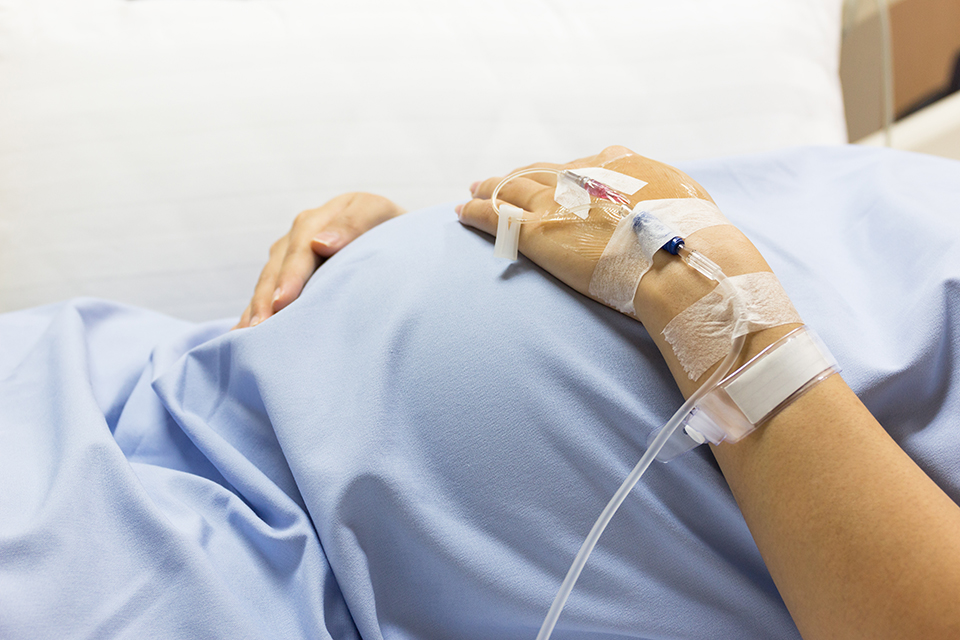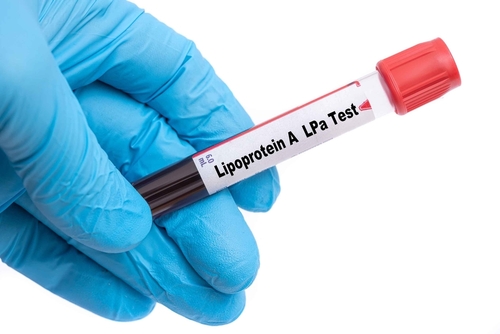
According to a recent study published in CMAJ, women who undergo infertility treatment may have a greater risk for severe maternal morbidity.
The Canadian cohort study collected data spanning 2006–2012 to compare pregnancies achieved through infertility treatment (ovulation induction, intrauterine insemination or in vitro fertilization with or without intracytoplasmic sperm injection) to unassisted pregnancies. The primary outcome was severe maternal morbidity or maternal death from 20 weeks’ gestation to six weeks postpartum.
A total of 11,546 infertility-treated pregnancies were propensity score-matched to 47,553 untreated pregnancies. Infertility-treated pregnancies had higher rates of maternal morbidity or maternal death (n = 356, 30.8 per 1,000 deliveries) than untreated pregnancies (n = 1,054, 22.2 per 1,000 deliveries) (relative risk, 1.39; 95% confidence interval [CI], 1.23–1.56).
In addition to the primary outcome, researchers also evaluated the relationship between women having one, two, or three or more severe maternal morbidity indicators and whether they received invasive treatment—such as in vitro fertilization—or noninvasive treatment—such as intrauterine insemination. Women in the invasive group were more likely to have three or more severe maternal morbidity indicators (odds ratio [OR] 2.28, 95% CI 1.56–3.33), but this was not observed in women who underwent noninvasive treatment (OR 0.99, 95% CI 0.57–1.72).
Research in the United States also found increased risk for severe maternal morbidity for pregnancies achieved through infertility treatment. One study from 2016 found that the rate has been on the decline since 2008.
Researchers for the present study concluded, “Whether specific components of treatment using in vitro fertilization, such as the dose of ovarian hyperstimulation or fresh versus frozen embryo transfer, worsen maternal health, or whether the increased risk is a reflection of those who require or choose in vitro fertilization, remains to be determined. Nevertheless, studies comparing invasive with less invasive infertility treatment should extend their focus beyond rates of live births to encompass maternal health outcomes.”
Association Between Pregnancy and Platelet Count
Assisted Reproduction Treatment Less Successful in RA Patients
Sleep duration and C-reactive protein: Associations among pregnant and non-pregnant women
Declining responsiveness to influenza vaccination with progression of human pregnancy
Source: CMAJ







 © 2025 Mashup Media, LLC, a Formedics Property. All Rights Reserved.
© 2025 Mashup Media, LLC, a Formedics Property. All Rights Reserved.